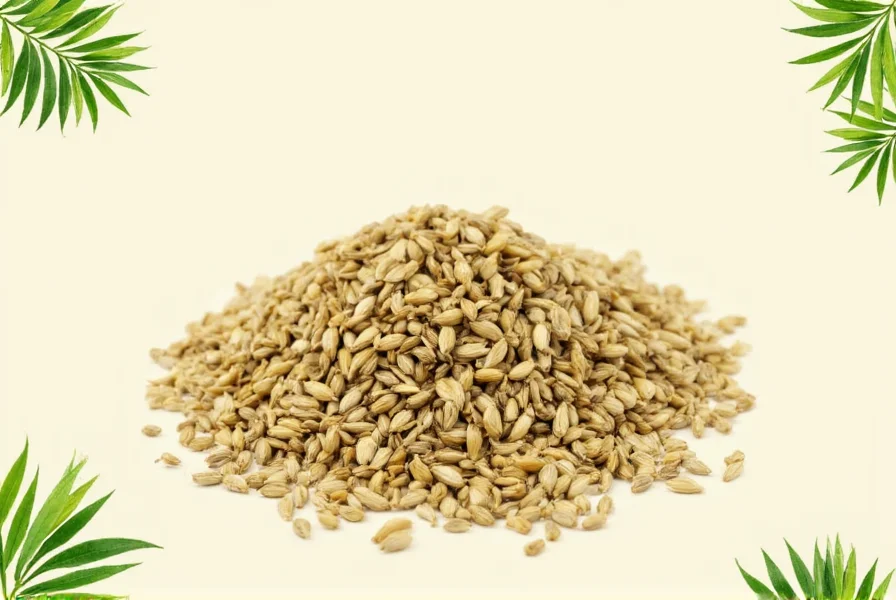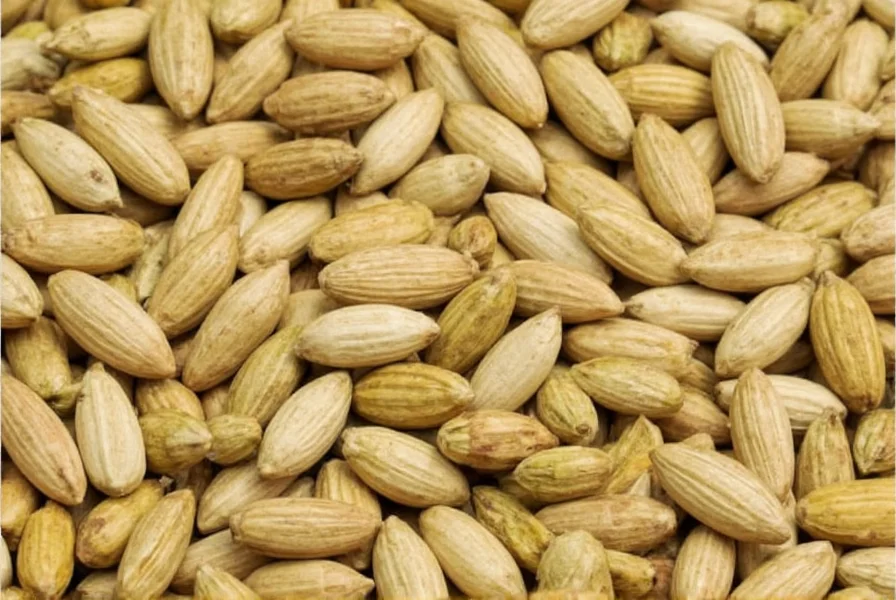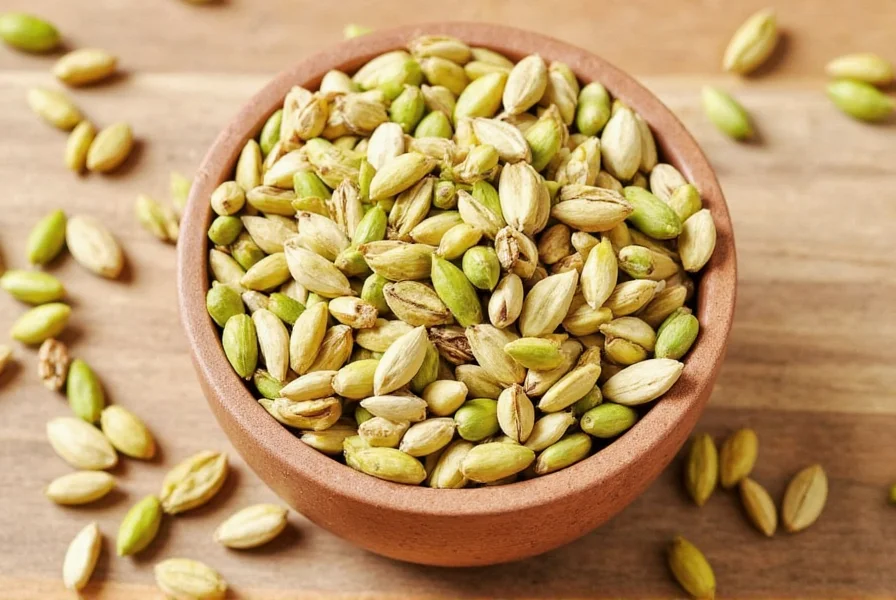Cardamom seeds represent one of the world's most valuable spices by weight, prized for their versatility across global cuisines and traditional medicinal systems. Understanding these remarkable seeds begins with recognizing their two primary varieties: green cardamom seeds, which offer a delicate, sweet aroma perfect for desserts and beverages, and black cardamom seeds, which provide a smoky, robust flavor ideal for savory dishes.
Understanding Cardamom Seed Varieties
Not all cardamom seeds are created equal. The distinction between green and black cardamom seeds affects both culinary applications and potential health benefits. Green cardamom seeds come from Elettaria cardamomum, primarily cultivated in India, Guatemala, and Tanzania. These seeds feature a light green color when fresh and deliver a bright, citrusy flavor with subtle eucalyptus notes.
Black cardamom seeds originate from Amomum subulatum or related species, mainly grown in the eastern Himalayas. These seeds appear darker brown rather than black and offer a distinctly smoky, camphorous flavor due to the traditional drying process over open flames. Chefs often use black cardamom seeds in Indian garam masala blends and hearty meat dishes where their robust flavor can shine.
| Characteristic | Green Cardamom Seeds | Black Cardamom Seeds |
|---|---|---|
| Botanical Name | Elettaria cardamomum | Amomum subulatum |
| Flavor Profile | Citrus, floral, herbal | Smoky, camphorous, menthol |
| Primary Culinary Use | Desserts, beverages, light sauces | Meat dishes, stews, spice blends |
| Storage Life (whole) | 2-3 years | 1-2 years |
Culinary Applications of Cardamom Seeds
Professional chefs and home cooks value cardamom seeds for their ability to transform ordinary dishes into extraordinary culinary experiences. When exploring how to use cardamom seeds in baking, consider that freshly ground seeds outperform pre-ground powder significantly. The volatile oils responsible for cardamom's distinctive flavor begin dissipating immediately after grinding.
For Scandinavian cardamom seed buns, use freshly ground seeds in the dough and as a topping mixed with sugar. In Middle Eastern coffee, add one crushed cardamom seed pod per cup for authentic flavor. Indian cuisine often uses whole cardamom seeds in rice dishes like biryani, where the seeds infuse the entire dish with their aroma during cooking.
When substituting cardamom seeds, understand that no single spice perfectly replicates their complex profile. For cardamom seeds substitute options, try combining equal parts cinnamon, ginger, and coriander, though this only approximates the original flavor. Cardamom seeds for digestion purposes work best when lightly crushed and steeped in warm water rather than cooked extensively.
Health Considerations and Scientific Evidence
Traditional medicine systems have utilized cardamom seeds for centuries, but modern research provides insight into their actual health benefits. Studies indicate cardamom seeds contain antioxidants including flavonoids and terpenes that may help reduce oxidative stress. Research published in the Journal of Agricultural and Food Chemistry identified several compounds in cardamom seeds with potential anti-inflammatory properties.
Cardamom seeds health benefits related to digestion show promising results. A clinical trial in the Indian Journal of Experimental Biology found that cardamom seed extract helped reduce symptoms of dyspepsia. However, most studies use concentrated extracts rather than culinary amounts, so don't expect dramatic health effects from typical dietary use.
When considering cardamom seeds for bad breath, research supports their effectiveness. The essential oils in cardamom seeds have antimicrobial properties that can help reduce oral bacteria. Chewing one or two whole cardamom seeds serves as a traditional breath freshener in many cultures.
Selection, Storage, and Preparation Techniques
Knowing how to select cardamom seeds ensures you get the best quality for your culinary creations. Look for plump, intact pods with a strong aroma when squeezed. Fresh green cardamom pods should feel slightly springy, not brittle. Avoid pods with visible cracks or excessive dust, which may indicate age or poor handling.
Proper storage dramatically extends the shelf life of cardamom seeds. Store whole pods in an airtight container away from light and heat. Under these conditions, green cardamom seeds maintain peak flavor for 2-3 years, while black cardamom seeds last 1-2 years. Never store cardamom seeds in the refrigerator, as moisture will degrade their quality.
When preparing cardamom seeds for use, remove them from their pods just before needed. Gently crush the pod with the flat side of a knife to release the seeds. For baking applications requiring fine texture, grind the seeds using a dedicated spice grinder—never a coffee grinder, as the oils will contaminate future coffee batches.
Practical Cooking Tips
Understanding what do cardamom seeds taste like helps determine appropriate usage. Their flavor intensifies when heated, so add them early in the cooking process for savory dishes but later for delicate desserts. In Scandinavian baking, cardamom seeds work best when combined with butter, which helps extract their essential oils.
For cardamom seed tea, lightly crush 3-4 seeds per cup and steep in hot water for 5-7 minutes. This simple preparation showcases the seeds' natural flavor without overwhelming bitterness. When making chai, add whole cardamom pods during the simmering stage to allow gradual flavor release.
Professional chefs recommend toasting cardamom seeds briefly in a dry pan before grinding to enhance their aromatic compounds. However, watch carefully as they can burn quickly due to their high oil content. The optimal temperature for toasting cardamom seeds is between 300-325°F for 1-2 minutes.

Common Misconceptions
Many home cooks confuse cardamom seeds with cardamom pods. The seeds themselves provide the flavor, while the pods mainly serve as protective casing. While some recipes call for whole pods, the seeds deliver more concentrated flavor when released from their pods.
Another misconception involves cardamom seed potency. One teaspoon of ground cardamom equals approximately 10-12 cardamom seeds, not one pod as many assume. This measurement error can lead to under- or over-seasoned dishes.

Frequently Asked Questions
Can you eat cardamom seeds whole?
Yes, cardamom seeds are safe to eat whole and are commonly chewed as a breath freshener in many cultures. However, their intense flavor and hard texture make them more suitable for grinding or crushing before use in most culinary applications. Whole seeds can be quite strong when bitten directly.
How long do cardamom seeds stay fresh?
Whole cardamom seeds stored in their pods maintain optimal flavor for 2-3 years when kept in an airtight container away from light and moisture. Once removed from pods, loose seeds begin losing potency within 6 months. Ground cardamom loses most of its volatile compounds within 3-6 months, which is why grinding seeds fresh provides significantly better flavor.
Are cardamom seeds and cardamom pods the same thing?
No, cardamom seeds are the small black seeds contained within cardamom pods. The pods serve as protective casings that help preserve the seeds' flavor and aroma. While some recipes call for whole pods (especially in rice dishes), the seeds themselves provide the primary flavor. One cardamom pod typically contains 8-12 small black seeds.
What's the difference between green and black cardamom seeds?
Green cardamom seeds come from Elettaria cardamomum and offer a bright, citrusy flavor ideal for desserts and beverages. Black cardamom seeds come from Amomum subulatum and have a smoky, camphorous flavor due to traditional open-flame drying. Green cardamom works best in sweet applications, while black cardamom complements savory dishes like stews and meat preparations.
Can I substitute ground cardamom for cardamom seeds?
Yes, but with flavor considerations. Use 1/4 teaspoon of ground cardamom for every 6-8 cardamom seeds called for in a recipe. However, freshly ground seeds from whole pods provide significantly more vibrant flavor than pre-ground powder, which loses potency quickly. For best results, grind seeds immediately before use rather than relying on pre-ground alternatives.











 浙公网安备
33010002000092号
浙公网安备
33010002000092号 浙B2-20120091-4
浙B2-20120091-4